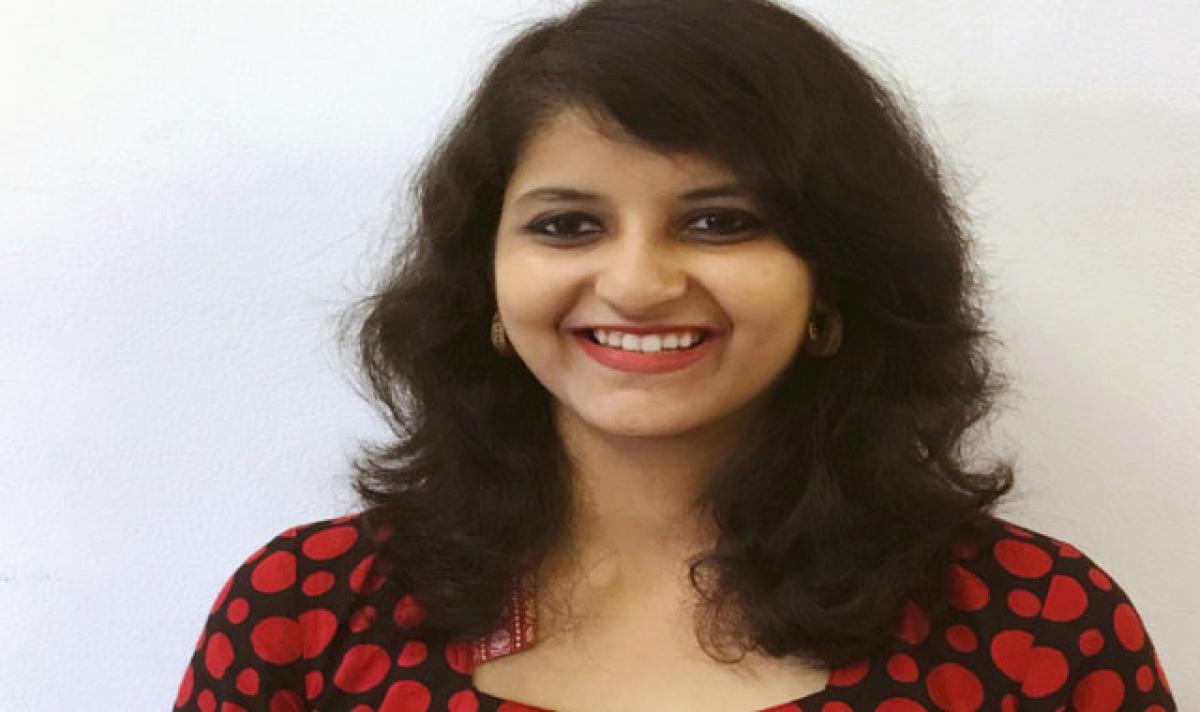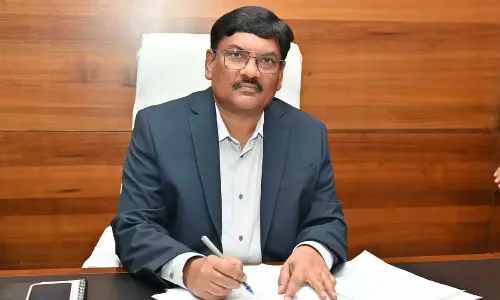Can art and religion co-exist?

Since the beginning of the 18th century excavators have been discovering and interpreting evidence ranging from tiny goddess figurines carved from mammoth ivory to entire Giza plateau in Egypt. When one talks about religion, art and visual culture, one of the first concerns is the connection between what we see and what we believe.
Artist Neha Parikh from Mumbai traced the interweaving connection of art and religion since time immemorial. Neha spoke at La Makaan, Banjara Hills, and emphasised that the important records of religious history did not reside in books and sacred texts but were buried in the earth Ancient graves, statues, temples, standing stones, sacrificial offerings and places of initiation bear witness to the universal human quest for spiritual power and understanding.
Since the beginning of the 18th century excavators have been discovering and interpreting evidence ranging from tiny goddess figurines carved from mammoth ivory to entire Giza plateau in Egypt. When one talks about religion, art and visual culture, one of the first concerns is the connection between what we see and what we believe.
Does the ‘Sacred’ rest in that which is created or do we actually create the image or object as ‘Sacred’? Or is there something very ‘Sacred’ in the very activity of creating and seeing? For Neha the short talk was all about bringing into light many questions in the minds of the audience, which would take the subject forward to a healthy and tolerant educative conclusion.
Many questions had come Neha’s way, post the talk: How far has religion helped art? What is the purpose and cost of religious art? Can art save us from fundamentalism? What happens when art disrupts religion? Is art determined by utility or beauty? Must art be culturally based? Do we need fresh anthropological theory of arts? “These and many more would always come up to be discussed at appropriate forums to understand more about the concept of art and religion” concludes Neha Parikh.
















